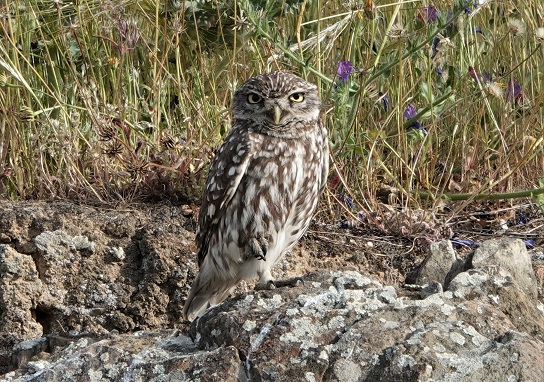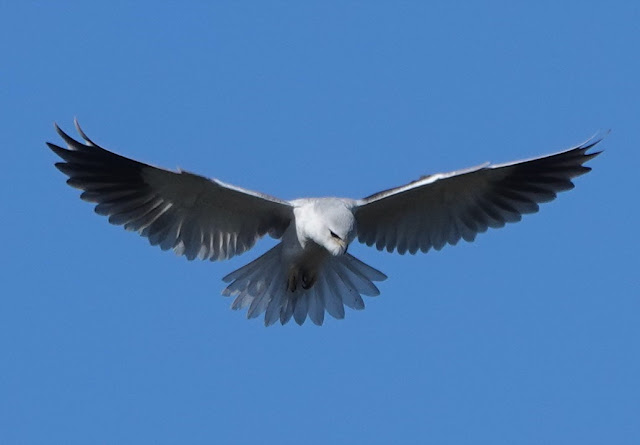Children with Cranes
 |
| Boys and girls watching cranes |
"Wow, they are so big". I found another group of cranes for her to look at: "wow, they are so big" she repeated and then "wow, so many cranes". As children do she wanted to share her discovery with everyone and soon, more children lined-up to peer down the telescope. How well designed are tripods, I mused, allowing the telescope to be set at the perfect height for the little boys and girls to see for themselves real cranes, in the wild, peacefully feeding in family groups and small flocks. I hope that the children thought themselves lucky, but I was really the lucky one. It was a real privilege to become the interloctor, as it were, between these most special of birds here and groups of children during the day who, thanks to their parents, were spending a perfect winter's day watching cranes as part of the annual Crane Festival in Extremadura.
I was part of a team of guides who, during the day, took out groups of adults and children into the dehesa woodlands and stubble fields near the Crane Information Centre at Moheda Alta, to show them flocks of wintering cranes and other birds. The children's excitement was utterly infectious. During a short coach journey between stops, the same little girl almost whooped with joy everytime a group of cranes flew past. These children and their parents would be returning home that evening thinking and talking about cranes, having seen many hundreds during the day, listened their trumpeting calls, and heard about the wonders of their migration, their arrival each winter to Extremadura and how they form part of the folklore and culture of peoples in so many countries.
The Crane Festival is a special event because it gives first and foremost an opportunity for the people from Extremadura itself to celebrate the birds which after flying 4,000 kilometres share the winter landscapes with us. Buses brought people in from towns across the region and at the Crane Centre itself, under the embrace of a huge model crane, visitors could mill around, visit stalls, listen to local folk music, watch street theatre and join our excursions to see the cranes themselves - although, indeed, throughout the day, cranes could be seen and heard across the skies above the Festival. I took part in the activities from the start - a "Breakfast with Cranes" which saw us at dawn watching the cranes leaving their roost to feed in the woodlands and fields around us. On my bus trips during the day, we stopped to watch cranes feeding on the maize and rice stubble fields and concluded each trip with a visit to the Cubilar Reservoir. There on the shore gathered dozens of cranes whilst rafts of hundreds of duck dozed on the flat calm water. Against the backdrop of the Villuercas Mountains we watched another wintering bird from northern Europe, an Osprey, circle the lake several times before diving down and then flap heavily away, fish in talons. As it found a tree to perch on to consume its catch, a pair of Golden Eagles soared above us, soaking up, as it were, the winter sunshine.
 |
| Cubilar Reservoir with the Villuercas Mountains |




Comments
Having missed the Ospreys at Rutland Water after the Bird Fair, I'm pleased you saw one in Extremadura!
Tony